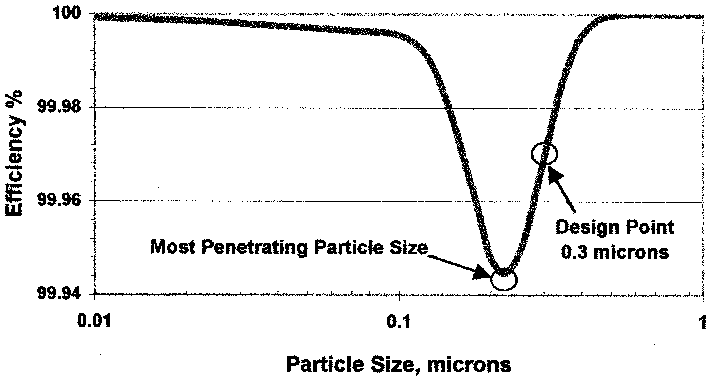What is a MERV?
MERV is the Minimum Efficiency Reporting Value, it is a standard rating system used to measure the effectiveness of air filters in removing particles from the air. The MERV rating scale ranges from 1 to 16, with higher numbers indicating better filtration preformance.
What do the MERV ratings mean?
MERV 1-4: These are the lowest-rated filters and provide minimal filtration. They only capture large particles such as dust, pollen, and carpet fibers, but are not effective at removing smaller particles or airborne contaminants.
MERV 5-8: Filters in the range offer moderate efficiency and are suitable for most residential and light commercial applications. They can capture smaller particles like mold spores, pet dander, and fine dust.
MERV 9-12: Filters in this range provide a high level of efficiency and are commonly used in commercial and industrial settings. They can capture even smaller particles like tobacco smoke, bacteria, and particles from exhaust fumes.
MERV 13-16: These are the highest-rated filters and are generally used in specialized applications such as hospitals, cleanrooms, and other environments where very high air quality is essential. They can trap extremely small particles, including viruses and bacteria.
How do MERV filters work?
MERV filters work by capturing and removing airborne particles from the air that passes through them. To do this, the filters are typically made from materials such as fiberglass, synthetic fibers, or pleated paper. The materials are designed to create a maze-like structure with passages for the air to pass through.
While the air flows through the filter, particles are trapped in different ways depending on their size. Larger particles are trapped by colliding with the filter fibers in a method called impaction. Smaller particles are trapped when they collide with filter fibers as they travel through the passages in a method called interception. Smaller particles can also be trapped when random particle motion causes them to hit and adhere to the fibers in a method called diffusion.
What is HEPA?
HEPA stands for High-Efficiency-Particulate-Air, it is a highly effective method of air purification that can remove a wide range of airborne particles.
What is the difference between a HEPA filter and a MERV filter?
Similarily to MERV filters, HEPA filters are composed of materials such as fiberglass or polyporopylene with diameters between .5 and 2 microns. The materials are designed as a mat of arranged fibers which create narrow convoluted pathways so that air may pass through. Typically, HEPA filters consist of multiple layers of filtration materials with varying sizes of pores. The layering enhances the filter’s performance and helps extend its lifespan.
What are the HEPA filter do we use?
We use a European standard H13 HEPA filter. These filters must capture at least 99.95% of particles down to .3 microns.
What does that mean?
The hardest particles for a filter to catch are .3 microns, so this rating is used to show the capture rate of the least captured particle. Like MERV filters, HEPA filters capture particles through impaction, interception, and diffusion. Particles that are smaller than .3 microns are captured through diffusion due to the collision of gas molecules with small particles.

This is the typical performance of a HEPA 99.9% filter and as you can see, HEPA filters are incredibly efficient at capturing particles under .3 microns.
What does a pre-filter do?
A pre filter is a MERV filter that is placed before the airflow gets to the HEPA filter. The MERV filter captures a majority of the larger particles and leaves the HEPA filter to only capture the smaller particles that made it through the MERV filter. This makes the HEPA filter more efficient and increases the lifespan of the filter by not getting clogged up by larger particles. This becomes more cost efficient as well because MERV filters are much more affordable than HEPA filters.
Click here for our available inline filter boxes
Click here for our available HEPA product
